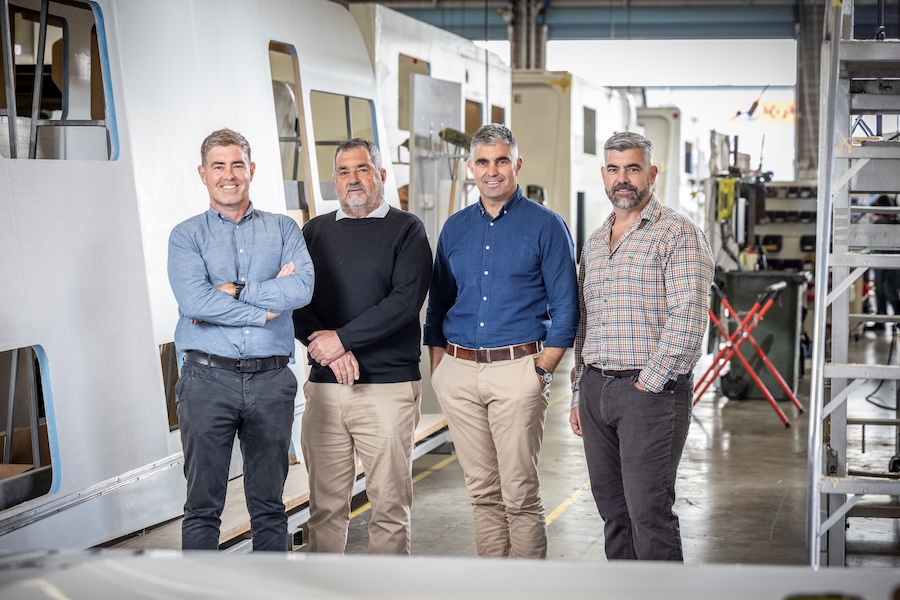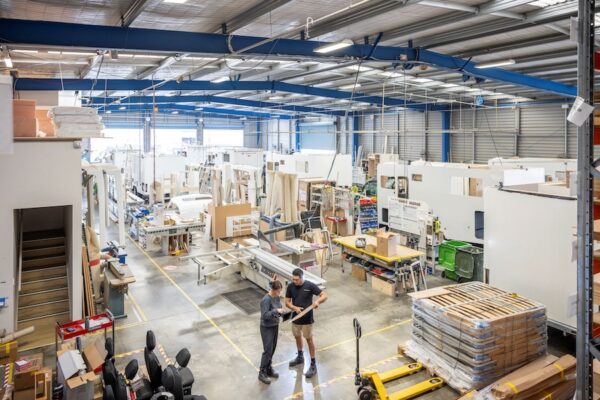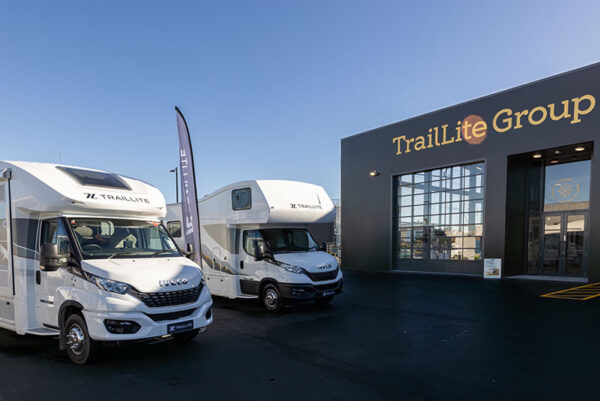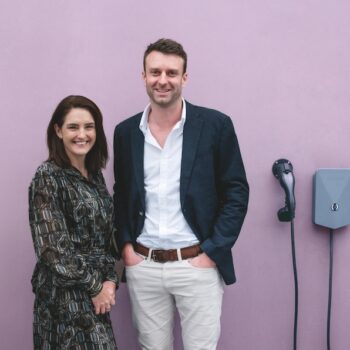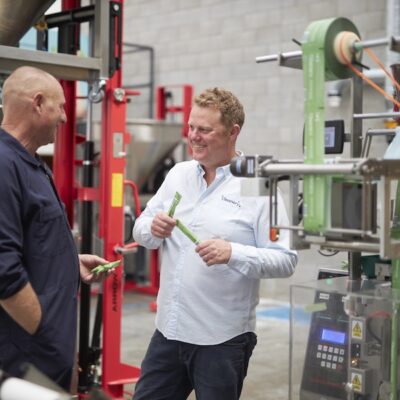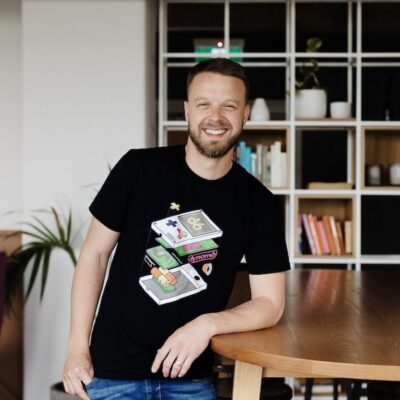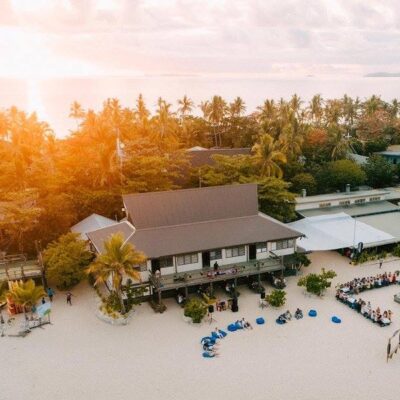Rolling in luxury: TrailLite’s long road from caskets to caravans
Pictured above: (L-R) Shaun, Peter, Adam and Daniel Newman.
Celebrating 70 years in business, the team at family-run TrailLite reflect on their ups and downs, and offer up some advice for business owners on staying the course.
The road ahead looks good – but has also been winding – for second generation custodians of TrailLite, a now $57 million business that started out building furniture, caskets (yes coffins!) and storage systems, when a one-off custom request saw the small workshop begin its pivot into the caravan game around 1954.
These days it’s a pastime about as Kiwi as it gets – packing up the camper, caravan or motorhome, and hitting the road, ultimately setting up shop at one of New Zealand’s myriad scenic locations.
Though motorhoming isn’t what it used to be.
For those wanting to get away from it all, fancy, upscale camping is the pursuit du jour, with Kiwi travellers of every description trading in the legacy family caravan for a camper kitted out with ultra-modern amenities, creature comforts, and luxurious additions – albeit, often packed into a fairly modest space.
This is where they come in. Its Kiwi-made, cut-above campers are an investment that at least two Kiwi families are taking on each week, starting at $293,850 all the way up to the largest Landmark model at $426,400+, plus caravans from $153,000.
The New Zealand-made motorhome and caravan manufacturer is now celebrating its 70th jubilee, with joint managing director Shaun Newman and his father Peter crediting the personal touch and his team’s ‘number 8 wire’ mentality to its story.
But the family’s tale into taking the wheel has seen them navigate changing tastes, legislation and international competition that all but wiped out other local manufacturers as they’ve twisting and turned the road to success. We talked to them on how they managed to overtake the rest.
Humble beginnings
Thanks to its casket-making roots (an intimate understanding of fitting things into confined spaces), an industry taking off, and a knack for being at the right place at the right time, the 1970s was the humble start of what would become a multi-million dollar business.
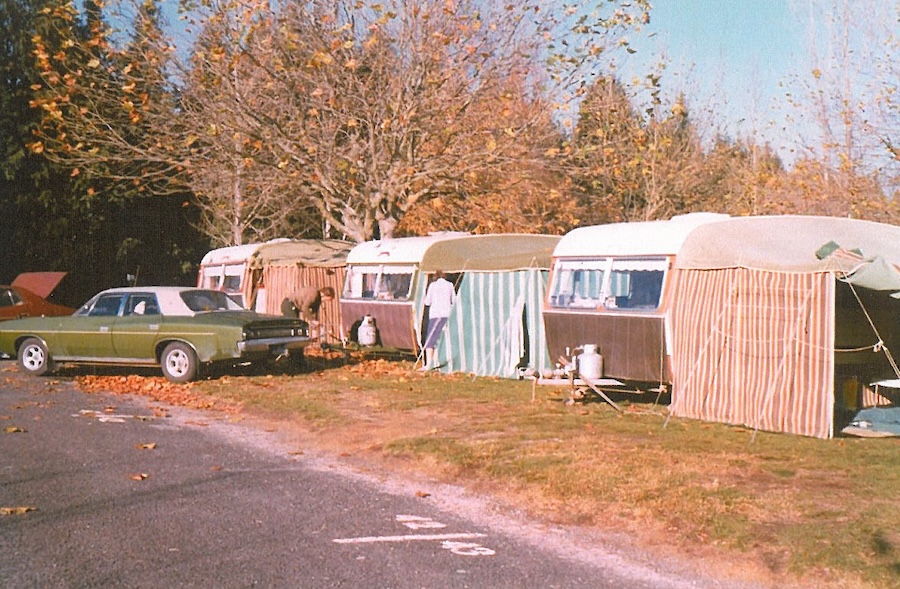
Back then a young and plucky apprentice Peter started at the company aged 20 where he found the caravan business very much gaining torque.
“Those were the days,” he says. “Things were much more manual then and we just couldn’t make them fast enough. As the levels of modernisation improved, caravanning only got more and more popular.”
In 1980 Peter bought his retiring mentors out, and the business has stayed in the family since, but the early ‘80s were a challenging time to acquire a business and the Muldoon luxury items tax of 20 percent halted the caravan industry in its tracks. The new owners had to pivot quickly to offer up garage builds and renovations to stay afloat.
It was only after the 1984 snap election – which saw the spoil-port tax repealed – that Peter could start the ignition once more, this time adding motorhomes to the mix.
“Our first iterations were lumbering vehicles, offering plenty of time for owners to admire the scenery and gaining a reputation for slowing down the highways,” he remembers.
So the team kept iterating, and with the technology and the finishes getting progressively better, they eventually settled on a magic formula that became the mainstay of their motorhome.
This design offered wooden finishings, a bed in the cabover, a rear living lounge area and plenty of water storage, plus a gas oven, a fridge and a chemical portable toilet that lived on rails under the wardrobe.
People kept buying
The steady pace continued all the way through to the 2007 Global Financial Crisis, a period which marked the business’ toughest years and saw other local competitors run out of gas.
But propped up by a solid reputation and some serious cost controls, again they bucked the negative trend, enjoying doubling revenue every five years since.
When Peter’s sons entered into management roles in 2015, they collectively decided to ‘level up’ again. By now up against European manufacturers – and with very little New Zealand-made competition – the family made the decision to target the luxury end of the market.
The Newmans completely redesigned the specs and offer, adding sandwiched foam and fibreglass cladding and changed the interiors from wood to mostly modern lacquer.
After Shaun took the team to Dusseldorf in Germany for the world’s largest motorhome show (now a regular bi-annual trip), the group, appropriately inspired, started integrating clever new add-on features and offering new layout options to customers, helping solidify their reputation as a top-of-the-market manufacturer.
“The Europeans were doing a lot of shiny surfaces, gold and plastic fittings. We decided to go towards a modern apartment feel without the pomp and ceremony us Kiwis don’t really like,” says Shaun.
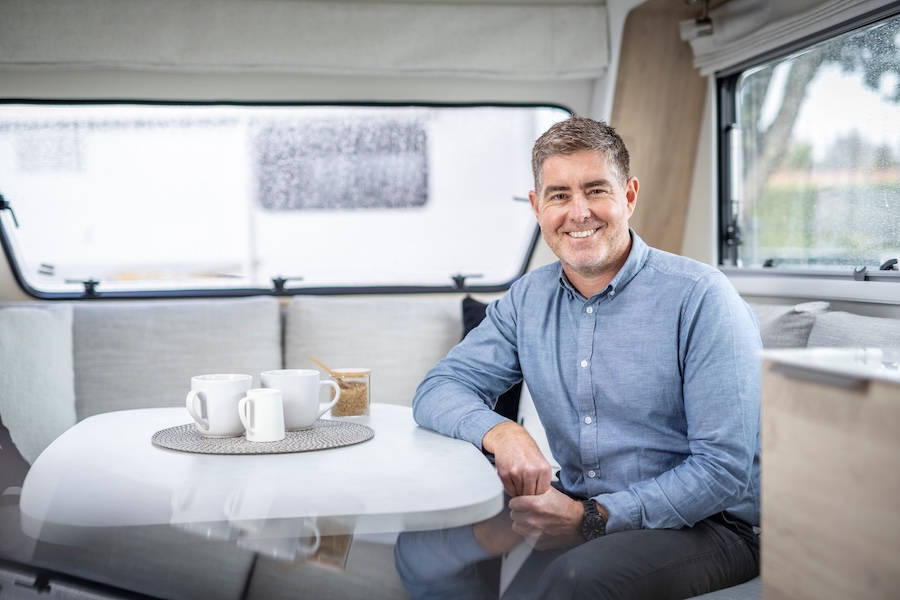
Covid times
So when Covid struck in 2020, and the nation went into lockdown, TrailLite thrived.
“Covid was another boom time for our business,” Shaun continues.
“Our customers were cashed-up and feeling frustrated with their isolation and inability to travel. With a motorhome, they could suddenly open up a whole new frontier of travel that was custom spec with every whistle and pop they enjoyed in their usual 5-star stay.”
Who’s buying?
Photos and a ‘get-to-know-you’ of each build’s new owners sit proudly on the sill to remind the now 100-strong team who they’re grafting for.
And the demographics now extend well beyond the stereotypical ‘senior camper’.
Nowadays, the numbers skew more broadly. Many families with young kids are opting for caravans as a versatile, adventure-ready alternative to traditional vehicles like boats.
From quad bikes to jet skis, kayaks and e-bikes that can be charged via the motorhome’s own solar panel energy, they’ve got all the gear to seek out new experiences. Some are well-off, but many save diligently for the opportunity to enjoy a lifestyle unbound by traditional constraints.
An emerging trend within the customer base is the combination of work and travel or WFMH (working from motorhome).
Take Paul Harper, who works in education, and equipped with connectivity solutions like Starlink manages to balance his professional responsibilities with travelling to some of the most remote areas in New Zealand such as Cape Farewell to the Crown Ranges.
Likewise, a significant portion of customers are pet owners who use motorhomes and caravans to travel in style with their furry companions.
Pup parents Lynette and Colin Muter use their Hamilton retirement village as a motorhome pit stop versus a permanent place of residence, using their TrailLite to fulfil their enduring love for adventure, with their golden retriever, Juno in tow.
Room to move
Still located in Pukekohe, the company moved from its original home base in Buckland Road to a much larger footprint now totalling 15,000sqm in 2005 across the site, and recently opened a 4500sqm state-of-the-art Christchurch showroom and service centre.
Current demand is strong and the team is continually iterating on customer feedback, exploring new sustainable initiatives, and developing new products.
“There’s a lot of scope to grow and we intend to be sticking around for the long haul.
“We know how to motor in this country.”
Shaun’s 5 top tips for sticking it out in business
- Remember your customers: Engaging with your customers is crucial for understanding their needs and expectations. When was the last time you had a meaningful conversation with them? Take the time to gather feedback on what aspects of your business they appreciate and what could be enhanced. By actively listening to their input, you can identify opportunities to make their lives easier and more enjoyable. Remember, what sets your business apart is the unique value you offer to your customers. Embrace your distinctiveness and continuously strive to exceed their expectations.
- Take stock and sharpen up: A slowdown is a perfect opportunity to focus on areas you might have neglected or been lazy in. Take stock: have you let waste creep in? Are you serving your customers as well as you used to? Do your products need reviewing? Does the team operate well? Use this time to strategise and optimise so when the recovery comes, you’re in the best position possible to make up for lost time.
- Remember the long-term vision: Don’t forget where you’re going. Good times will return, and it’s important you’re able to pick up where you left off. Unless you absolutely have to, don’t make short-term decisions that will make achieving your long-term goals more difficult.
- Stay flexible: Reviewing your strategies and being willing to pivot when necessary is essential for staying competitive. Explore ways to adapt and optimise your business to maximise revenue and minimise waste. Consider untapped opportunities that you may have overlooked before and how you can leverage them to thrive in the current environment. Agility and foresight are key to navigating uncertainties and seizing new prospects for growth.
- Look after yourself: Recognise the importance of your own well-being for effective leadership. Put aside time for physical, mental and emotional care, and celebrate the successes, no matter how small.

